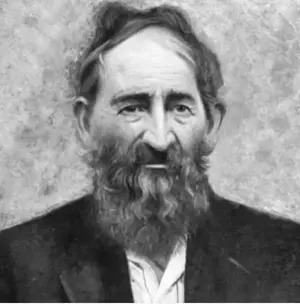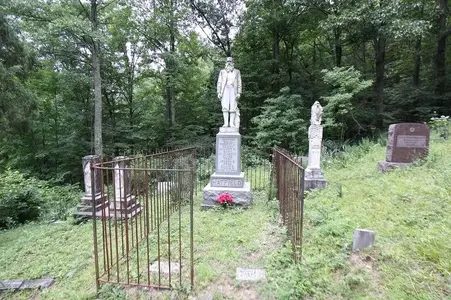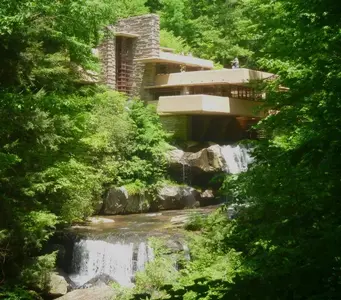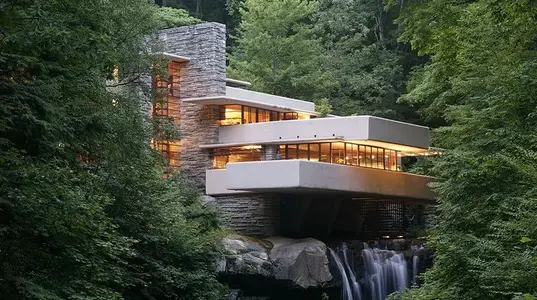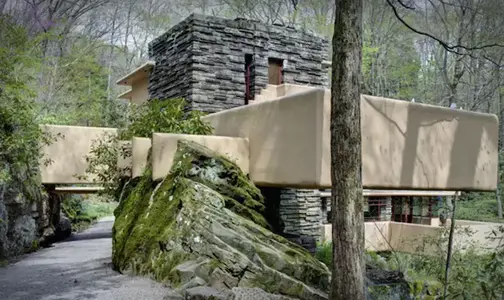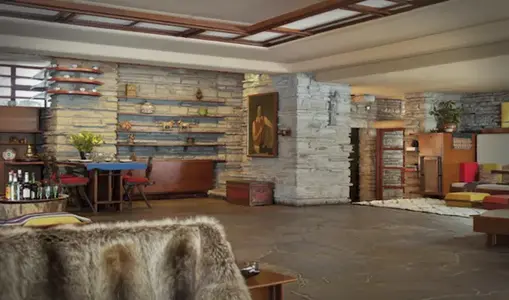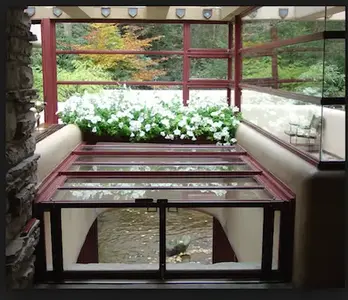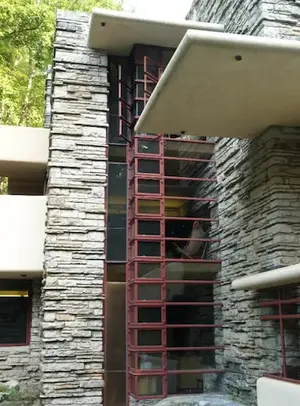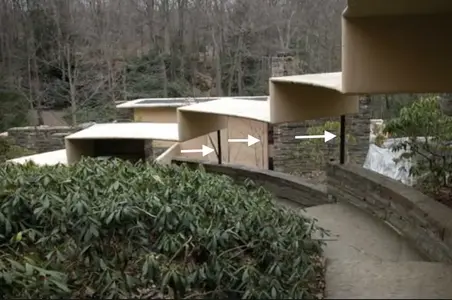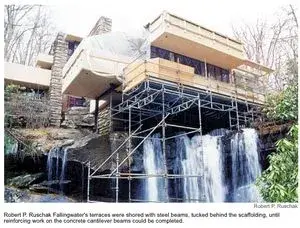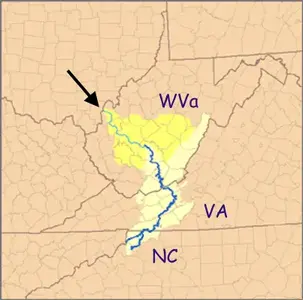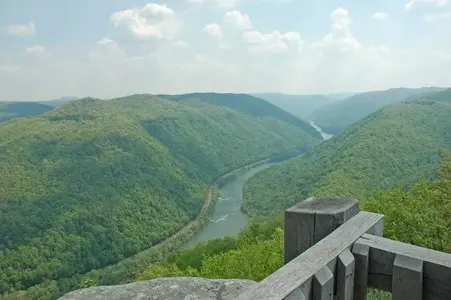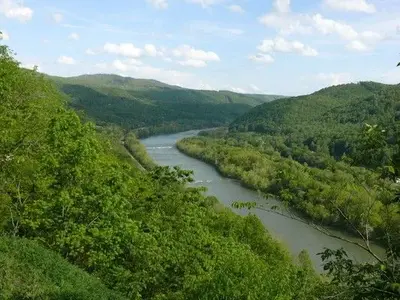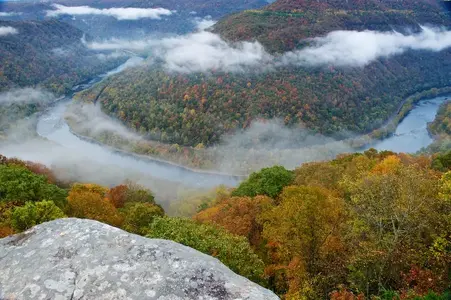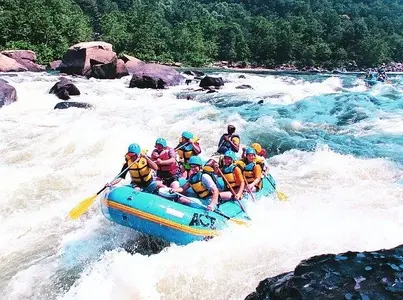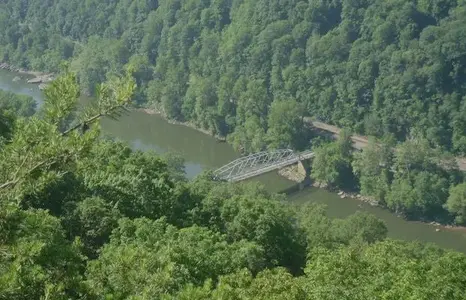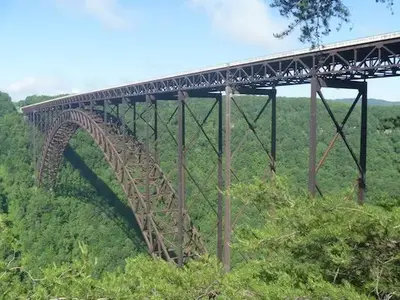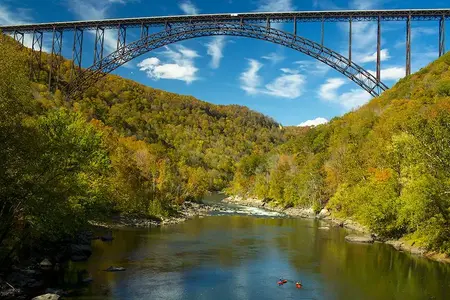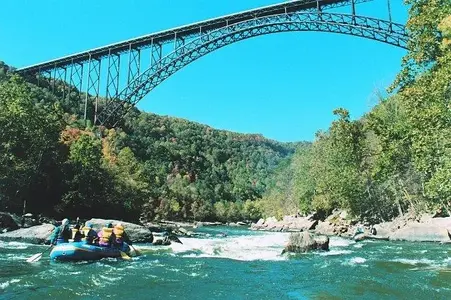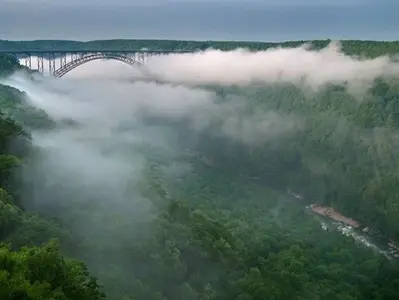giradman
iPad Fan
Southwestern Pennsylvania - Ft. Necessity & Fallingwater!
Our second day trip took us into southwestern Pennsylvania (about a 2 hr drive from the Stonewall Jackson State Park) w/ two goals in mind, first a visit to Ft. Necessity National Battlefield and then onto Frank Lloyd Wright's Fallingwater. The drive was beautiful w/ first the northern mountains of West VA and then those of Pennsylvania - from the map, HW 79 took us to Morgantown (home of West Virginia University), then HW 43 and finally HW 40 - the latter was known as the 'National Road' which was completed in 1820 and connected Cumberland, Maryland and Wheeling, Virginia (at that time); along the National Road is Ft. Necessity park and also close by the road that leads to Fallingwater.
George Washington in the early 1750s (he was 21 y/o, born in 1732) was sent as a Virginia militia officer by the colonial governor to investigate French and Indian activities in the Ohio River valley - his main objective as to reach the 'forks' of the Ohio (location of present day Pittsburgh), but the French had already constructed a fort (Ft. Duquense), so he built a rather modest structure named Ft. Necessity, which has been re-constructed on the park site - a battle occurred which was the 'match' that lit the powder keg leading to the French & Indian War on the American continent (called the Seven Years War in Europe) - quote below from Ft. Necessity National Battlefield, for those interested in more details.
In 1755, the British sent Major General Edward Braddock w/ Washington on his officer staff to the Ohio 'forks' to capture the French fort - his campaign was a disaster w/ a major battle in July of that year; Braddock was killed and his troops surrendered (more information HERE); the 'real' war started the next year - early in that war, the French abandoned and burned Ft. Duquense while the British were advancing toward the fort - a new one was built and named Ft. Pitt (after the British Prime Minister then) - hence the name Pittsburgh.
The second map shows the geographic relationship of the two forts discussed - Braddock's Road is now a part of HW 40 and his Monument/Tomb is located there not far from the battlefield park. Also added is a pic from the Mt. Vernon Museum (a worthwhile visit!) showing Washington at 19 y/o when a surveyor of the now Western Virginia & Ohio River Valley areas, which he knew quite well and a copy of a painting of him in his colonial officer's uniform in the 1750s (kind of different from the usual 'powdered wig' images) - Dave
.



Our second day trip took us into southwestern Pennsylvania (about a 2 hr drive from the Stonewall Jackson State Park) w/ two goals in mind, first a visit to Ft. Necessity National Battlefield and then onto Frank Lloyd Wright's Fallingwater. The drive was beautiful w/ first the northern mountains of West VA and then those of Pennsylvania - from the map, HW 79 took us to Morgantown (home of West Virginia University), then HW 43 and finally HW 40 - the latter was known as the 'National Road' which was completed in 1820 and connected Cumberland, Maryland and Wheeling, Virginia (at that time); along the National Road is Ft. Necessity park and also close by the road that leads to Fallingwater.
George Washington in the early 1750s (he was 21 y/o, born in 1732) was sent as a Virginia militia officer by the colonial governor to investigate French and Indian activities in the Ohio River valley - his main objective as to reach the 'forks' of the Ohio (location of present day Pittsburgh), but the French had already constructed a fort (Ft. Duquense), so he built a rather modest structure named Ft. Necessity, which has been re-constructed on the park site - a battle occurred which was the 'match' that lit the powder keg leading to the French & Indian War on the American continent (called the Seven Years War in Europe) - quote below from Ft. Necessity National Battlefield, for those interested in more details.
In 1755, the British sent Major General Edward Braddock w/ Washington on his officer staff to the Ohio 'forks' to capture the French fort - his campaign was a disaster w/ a major battle in July of that year; Braddock was killed and his troops surrendered (more information HERE); the 'real' war started the next year - early in that war, the French abandoned and burned Ft. Duquense while the British were advancing toward the fort - a new one was built and named Ft. Pitt (after the British Prime Minister then) - hence the name Pittsburgh.
The second map shows the geographic relationship of the two forts discussed - Braddock's Road is now a part of HW 40 and his Monument/Tomb is located there not far from the battlefield park. Also added is a pic from the Mt. Vernon Museum (a worthwhile visit!) showing Washington at 19 y/o when a surveyor of the now Western Virginia & Ohio River Valley areas, which he knew quite well and a copy of a painting of him in his colonial officer's uniform in the 1750s (kind of different from the usual 'powdered wig' images) - Dave
The battle at Fort Necessity in the summer of 1754 was the opening action of the French and Indian War. This war was a clash of British, French and American Indian cultures. It ended with the removal of French power from North America. The stage was set for the American Revolution.
.




